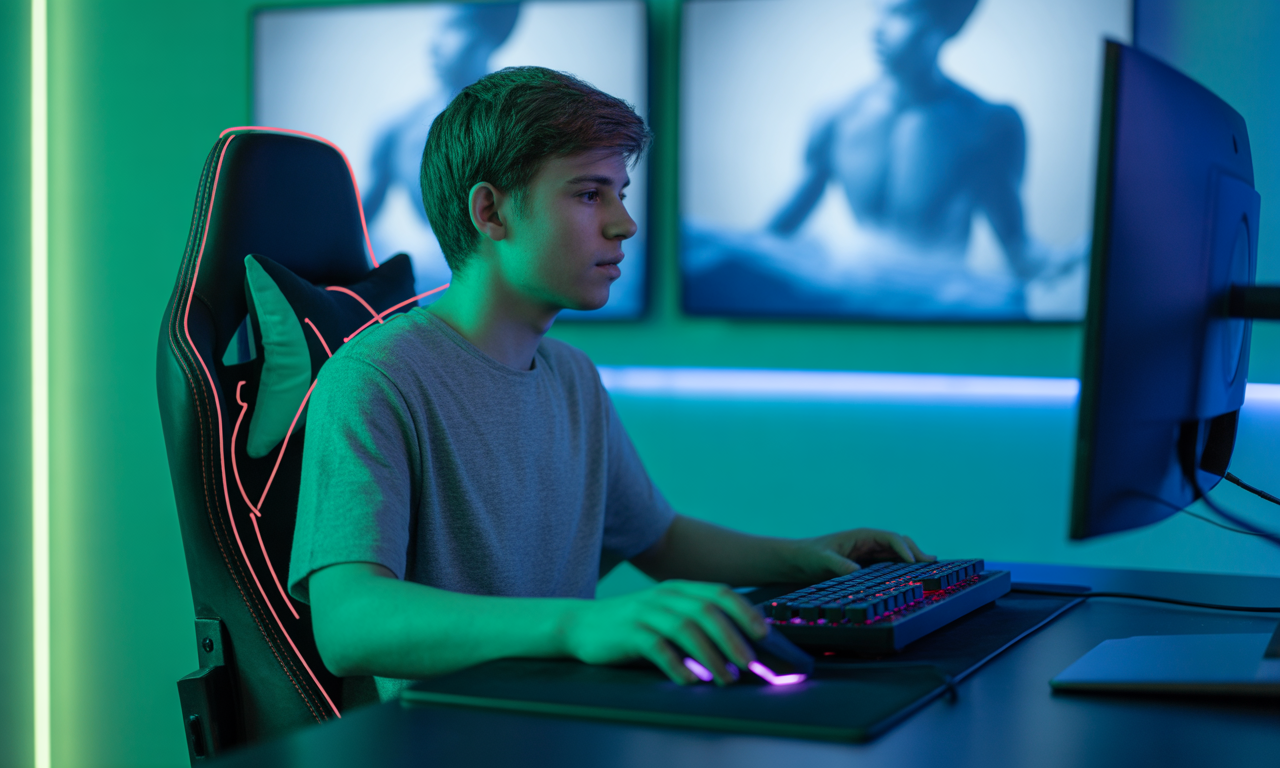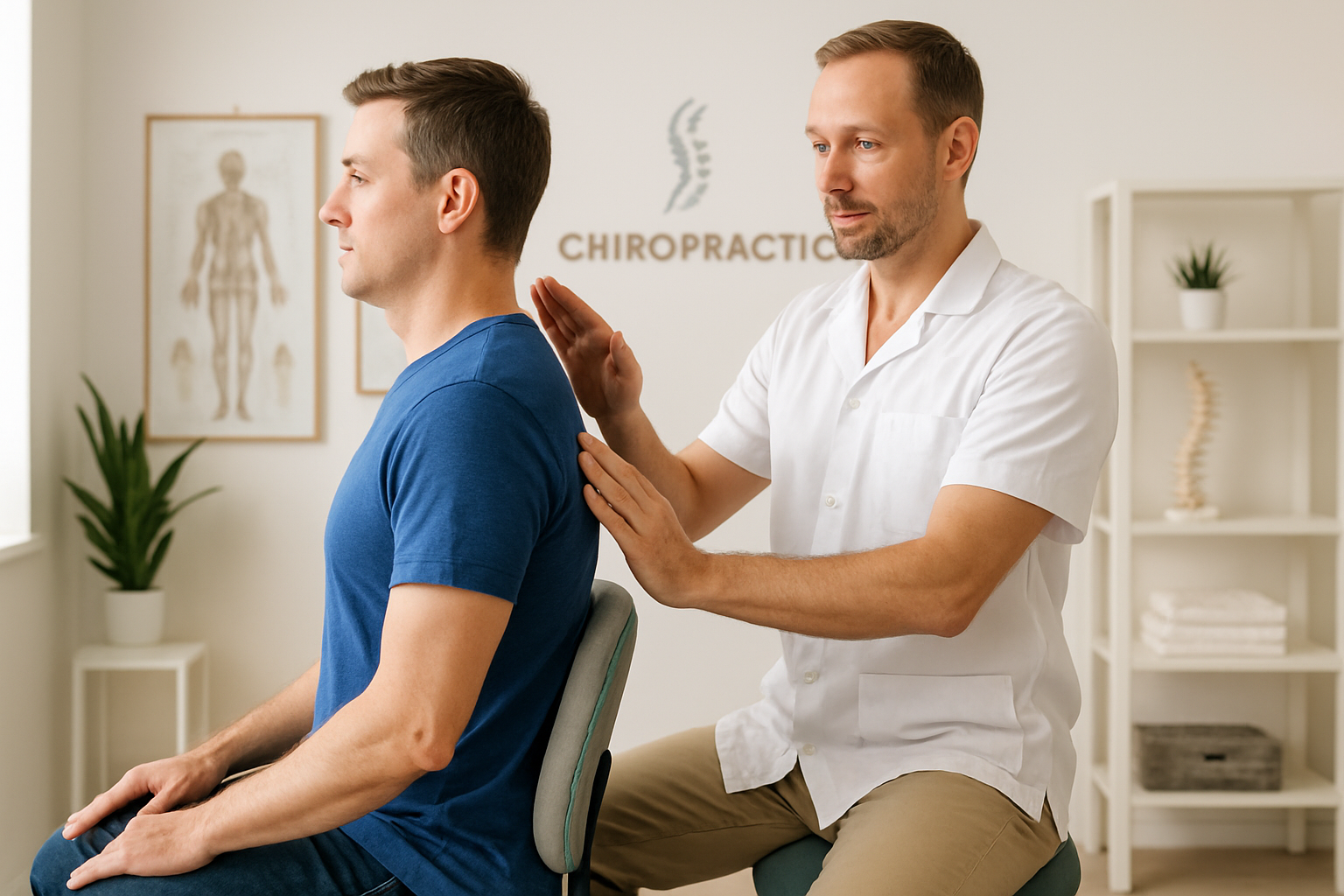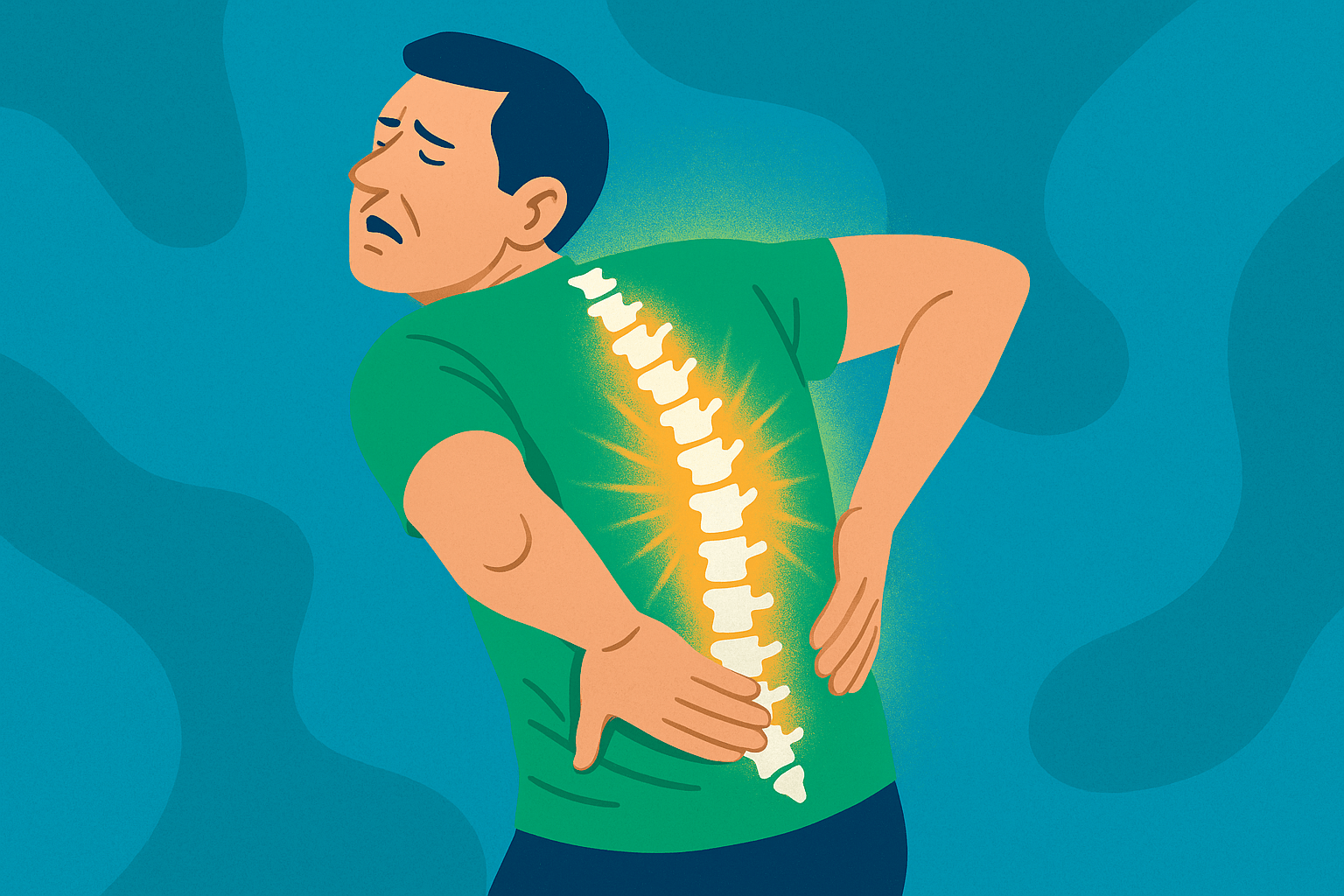Let’s be honest: screens aren’t going anywhere. From iPads to smartphones, kids today are growing up in a digital-first world. While technology offers many learning and entertainment opportunities, it’s also creating a silent epidemic—poor posture. “Tech neck,” hunched shoulders, and early back pain are becoming worryingly common, and the culprit is clear: too much screen time without physical balance. This blog will walk you through the long-term risks and give you tactical advice on how to protect your child’s posture before bad habits take root.
Jump to:
TLDR – Quick Guide
- Problem: Increased screen time is leading to poor posture in children.
- Why It Matters: Poor posture can cause long-term spinal issues, chronic pain, and even emotional stress.
- Solution: Balance screen use with movement, ergonomic awareness, and posture-positive habits.
- Tools: Use posture apps, child-friendly ergonomic setups, and frequent activity breaks.
- Goal: Keep your child’s spine strong, straight, and pain-free—now and in the future.
Detailed Breakdown
1. What Screen Time is Doing to Your Child’s Spine
Children now spend an average of 4 to 6 hours per day on screens, according to AAP. This constant downward gaze places unnatural strain on the cervical spine, which can lead to tech neck, rounded shoulders, and early curvature of the spine. It’s not just physical—poor posture can also affect breathing, digestion, and mood.
2. Signs Your Child’s Posture is Suffering
Look for these early red flags:
- Slouching while seated
- Frequent complaints of back or neck pain
- Head jutting forward when using devices
- Rounded upper back
- Decreased flexibility or stiffness
- Flat feet
Identifying these early can help you intervene before the damage becomes more serious or permanent.
3. Ergonomic Tips for Screen Time
Making small adjustments can make a world of difference. Here are a few simple ergonomic upgrades:
- Tablet/Phone Holders: Raise devices to shoulder level to prevent neck strain. Chair + Desk Combo: When sitting, ensure knees are below the hip level and feet rest flat.
- Take breaks: Modern devices are too heavy for children and they cannot hold them up for long.
- Chair + Desk Combo: Ensure knees are at 90 degrees and feet rest flat.
- Supportive Cushions: Lumbar pillows support the natural curve of the spine.
The Upright Posture clinic also recommends the ABC™ (Advanced BioStructural Correction) method, which emphasizes spine-friendly positioning from a young age.
4. Build Healthy Habits That Stick
- The 20/20/20 Rule: Every 20 minutes, look at something 20 feet away for 20 seconds.
- Stretch Breaks: Incorporate fun, posture-friendly stretches like the “cat-cow” or “wall angels.”
- Posture Play: Make games out of “who can sit the straightest” or use apps like PostureZone to gamify posture checks.
5. When to Get Professional Help
If your child complains of chronic discomfort or shows signs of structural imbalance, don’t wait. Pediatric chiropractors and physical therapists can assess and correct alignment issues early. Clinics like Upright Posture offer non-invasive and effective solutions for young spines.
Key Takeaways
- Screen time is damaging kids’ posture at an alarming rate.
- Postural problems can lead to lifelong issues if ignored.
- Early intervention through ergonomics and active habits is key.
- Gamifying posture awareness can make prevention fun.
- Professional assessment may be necessary for ongoing issues.
FAQs
1. How much screen time is safe for kids?
The American Academy of Pediatrics suggests no more than 1 hour per day of high-quality screen time for children aged 2 to 5, and consistent limits for older children. Balance and content matter more than pure quantity.
2. Can poor posture in kids really cause long-term problems?
Absolutely. Poor posture can affect spinal development, lead to chronic pain, and even influence mood and confidence levels as they grow.
3. What’s the best chair or desk setup for kids?
Look for adjustable-height desks and chairs with good back support. Feet should touch the ground or a footrest, and screens should be at eye level to avoid neck strain.
4. Are posture correction devices safe for children?
When used correctly and not over-relied upon, posture devices like braces or posture-cueing wearables can help—but they should never replace active engagement and body awareness.
5. How can I tell if my child needs a professional evaluation?
Recurring complaints of pain, visible misalignment, or difficulty sitting or standing up straight are all signs it’s time to consult a chiropractor or pediatric physical therapist.






